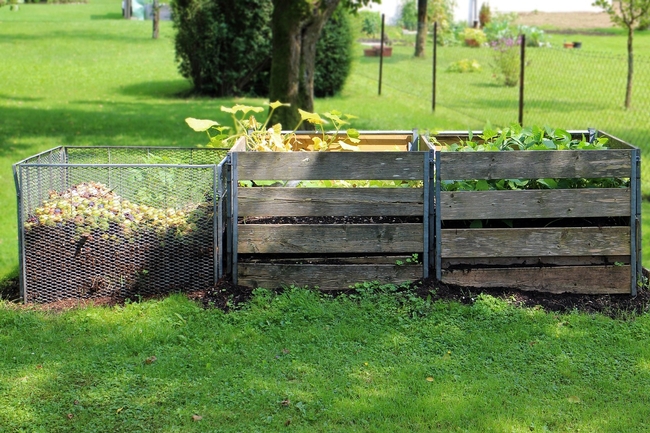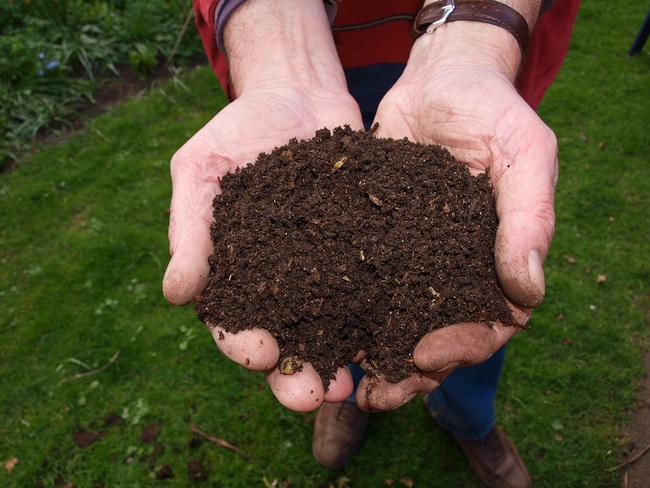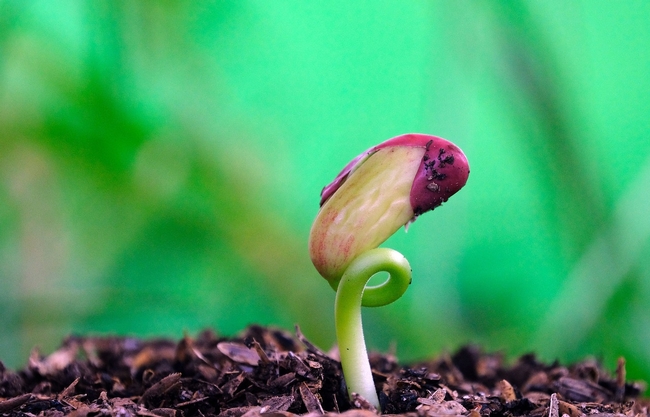The harvest of last year's summer and fall crops has ended. I harvested my veggies, elderberries, pineapple guavas and pomegranates. I cleaned up the garden and put away my tools. It was time to let my garden rest.
I'm starting the new year with a renewed sense of joy and hope, and with the goal of a successful garden that will feed me through the spring, summer, and fall. Now I'm ready to plan for the 2024 season.
A bountiful harvest doesn't happen magically. Sure, nature intends for plants to grow, but if we want specific plants and not just weeds, the human touch is necessary. The preparations I make this month are the same tasks I do every January. I'll share this list along with a few tips that will bring you success, too.
I've got 12 raised beds. A few of them are filled with perennial herbs that come back every year. The remaining beds I use for seasonal veggies.
Every year I create a map of what I've planted that year. Why? Because it's important to rotate some crops to avoid soil-borne diseases and insect pests. I use a simple clockwise process, moving tomatoes, potatoes and all the brassica crops, such as cabbage broccoli, cauliflower, Brussels sprouts, turnips, collards, and mustard greens.
Beginning in November, I start dreaming about what I want to plant the following year. I look online to learn what grows best in my climate zone; there's more than one Sunset climate zone in Napa County, so verify your zone.
By January I'm usually receiving catalogs filled with tempting ideas. January is also a good time to visit your local plant nursery to pick up bare-root fruit trees and berry plants. They can go in the ground now.
You can also start seeds indoors now. The Napa County Master Gardeners maintain a planting calendar that lists seed-starting times by season and type of plant.
I purchase a sterile seed-starting soil mix and sterilize some small used containers saved from the previous year. Sometimes I even use little paper cups, perforated for drainage, to start seeds.
I keep the pots in a warm, dark place in the house until the seeds sprout, then I bring them out to a bright light source, like a counter by a window. I plant the seedlings outdoors when the soil temperature is sufficiently warm. Please refer to the Napa County Master Gardener website for more detailed instructions.
I fill my raised beds with compost in the fall, mow the fallen autumn leaves and use them as mulch. The mulch keeps my soil warmer all winter and ensures the weeds don't get a foothold.
If I want to start a new garden bed, I use the “lasagna method.” This technique involves layering sheets of old cardboard and compost in the bed in the fall. First, I lay down some hardware cloth to keep the gophers, moles, rats and voles at bay. Then I add soil, cardboard, and compost in layers. The winter rain and the worms break down the cardboard and mix the compost into the existing clay soil, thus creating a great start. By spring it's usually ready for use although I might add some fertilizer.
Each of my raised beds was started this way. I also use this method to clear weed-infested areas that may have been unattended last year.
I spend a lot of time in my garden during the winter months because my two border collies love to play ball. It's easy to remove dead plants and branches then, too. I use basic sanitary practices to ensure I don't spread pathogens. My pruning tools are clean when I start, and I use rubbing alcohol to disinfect my pruners between different plants. When the weather warms up and the danger of frost has passed, I rake leaves and mulch away from the ground around my fruit trees so the sun can continue to warm the soil.
Turn your irrigation off or, better yet, invest in a smart irrigation controller. A controller app on my phone also lets me know when there will be a saturation skip in the schedule because it's smart enough to know when it has rained. I am also able to start or stop the irrigation depending on the weather.
I use a simple rain gauge to know how much rain we've gotten. If you don't have a smart irrigation controller, you will want to monitor the weather closely. My garden has received nearly 10 inches of rain this season. I could just turn off the irrigation system for the season, but I like to know the controller is doing its job.
These are some of the steps I take each winter to ensure future success in the garden. With these practices, I feel like I can at least give plants a good start. You can do the same.
Pruning Workshop: Join UC Master Gardeners of Marin County for “Winter Pruning of Deciduous Trees” with Nancy Brown on Wednesday, February 7, from 10 am to 1:30 pm, via Zoom. Brown is a professional aesthetic pruner and experienced lecturer. Whether you are pruning a deciduous tree or renewing an overgrown or poorly shaped one, this class will demonstrate best practices for tree beauty and health. Cost is $30. Register for the Zoom link at https://surveys.ucanr.edu/survey.cfm?surveynumber=40751.
Library Talk: UC Master Gardeners of Napa County and Napa Library will host a talk on Thursday, March 7, on “Agaves - More Than Tequila and Century Plants” from 7 pm to 8 pm via Zoom. Learn more about adding these deer-proof, beautiful and low-maintenance plants to your garden. Register Here to receive the free Zoom link.
Help Desk: The Master Gardener Help Desk is available to answer your garden questions on Mondays and Fridays from 10 a.m. until 1 p.m. at the University of California Cooperative Extension Office, 1710 Soscol Avenue, Suite 4, Napa. Or send your questions to mastergardeners@countyofnapa.org. Include your name, address, phone number and a brief description.


